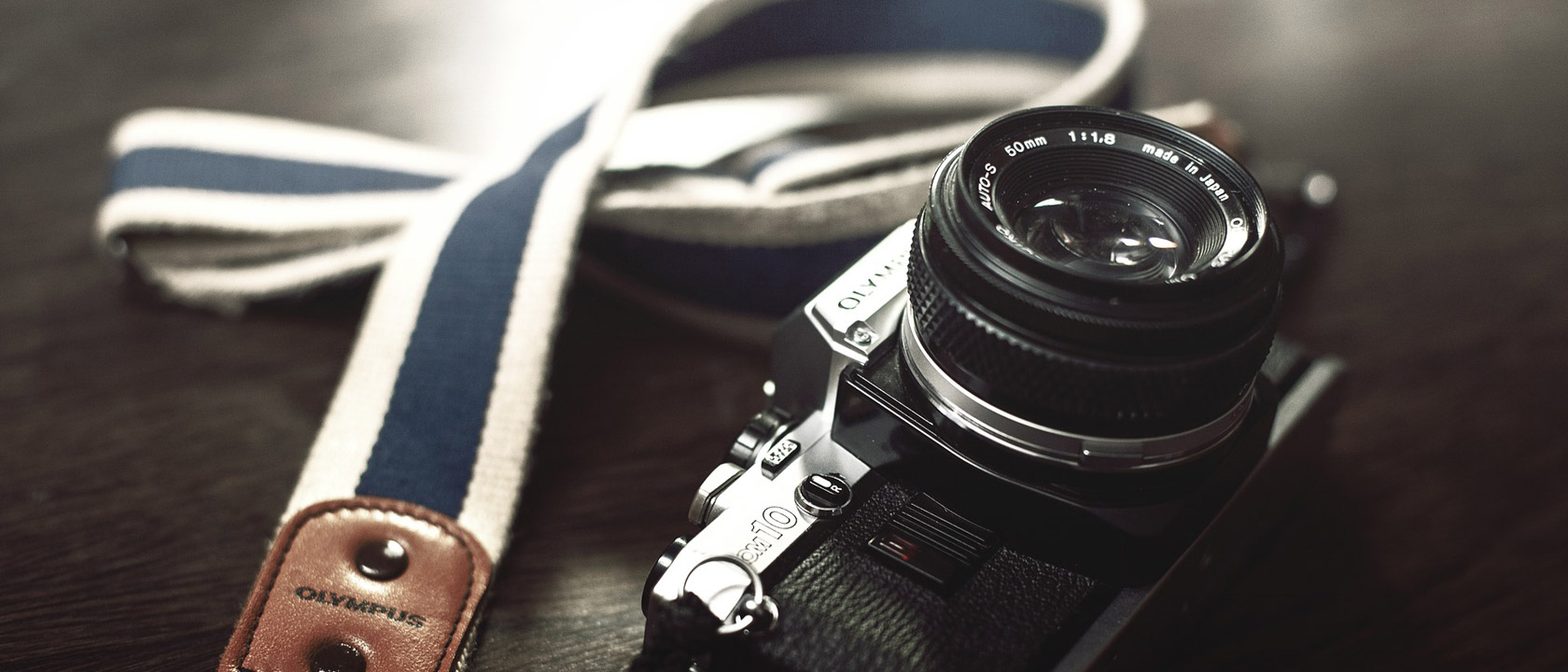Click:20000puffs LED display function disposable
Around the crack of dawn on Wednesday, Hurricane Maria made landfall on
Puerto Rico’s southeastern coast, as a Category 4 storm. Maria—which
arrived only days after Hurricane Irma narrowly avoided the island but
still caused damage—is reportedly the strongest direct hit from a storm
that Puerto Rico has seen in eighty years. I woke up on Wednesday
morning to videos of flooded streets, missing roofs, broken windows, and
news announcers flailing in the wind like the trees behind them. As of
this afternoon, the entire island of over three million people is
currently without electricity.
Puerto Ricans have been versed in the inconveniences of storms and
electrical outages since long before the extraordinary onslaught this
month. In July, I travelled from my home, in South Florida, to Puerto
Rico to visit family in the small coastal town of Loíza. I was there
during one of the town’s annual festivals, which brings everyone out of
his home and into the streets to dance, eat, and celebrate the
Afro-Latino traditions and the sounds of bomba and plena,
which Loíza is famous for. During the height of festivities one night,
as a salsa band played onstage and the crowd gathered on the plaza
danced, the power went out and a heavy rain followed, flooding the
streets. My family told me that this was a normal occurrence.
Before Irma set its path toward Puerto Rico and Florida, earlier this
month, I began a group chat on Facebook Messenger to keep in touch with
some of my cousins on the island. This week, as I monitored the reports
about Maria and it became more and more apparent that it would hit
Puerto Rico directly, I checked in with them again. They told me that
family members and friends were overwhelmed with the thought of the
damage the storm could do to our small town and to the rest of the
island, which is full of municipalities with poor infrastructures, just like Loíza.
Early Tuesday morning, I chatted with three of my cousins, Denisse,
Julliann, and Jullimar Lanzó, and we were able to remain in close
contact during the storm. All are women with jobs in Puerto Rico’s
public-education system—Denisse is a school social worker, Julliann is a
teacher at a vocational school, and Jullimar is a professor at the
University of Puerto Rico. The sisters had holed up together in the home
they share, a concrete, two-story structure on a narrow street where all
the neighbors know each other and most are related in one way or
another. Yesterday, in the afternoon before the storm came in, I asked
how things were.
Denisse messaged me, “Things are crazy. Everyone is looking for water, gas, and generators. My timeline on Facebook reflects a lot of anxiety. Although we do not feel the winds just yet, we are worried.” She
continued, “In Loíza and in all of the country, all of the town’s mayors
are going out to try and convince people to go to shelters, but many
people do not want to leave their homes. People are too attached to
their material things.”
Jullimar said, “Right now it is sunny with some clouds. The people are
taking care of last-minute things. I went to Walgreens to buy snacks and
asked the teller what time he would work. He told me, ‘Until they tell
us, but if people keep coming to buy we will not be able to leave.’ Many
people are anxious, especially for the time it could take to recover
electricity.” She also elaborated on her sister’s comments. “What
Denisse is saying is that there are people who live in wooden homes by
the water and waves,” she told me. “It is dangerous for them to stay
there. There are many houses in Loíza that are wooden. People who live
in those houses should go to a shelter.”
On Tuesday night, I checked in again. At this point, the three women had
been joined in the house by their mother, another sister, and Julliann’s
and Denisse’s children. My own family in the United States had been
frantically checking in with our other loved ones on the island, and an
aunt in the U.S. asked all of us to say a collective prayer for them.
Shortly before we did, Denisse messaged me, “We are already starting to feel
strong winds. Unlike during Irma, we feel this one already, even though
it isn’t here yet. In my daughter’s room I feel the winds very strongly.
Not so much in my room.”
Early on Wednesday morning, I reached out to the group chat but didn’t
get a response for another two hours. Eventually, Jullimar signed in to
Facebook on her phone and told me that they had lost power at one in the
morning. The downstairs level of the house had flooded with a foot of
water, and Denisse had moved from her living quarters on the ground
floor to join everyone else upstairs.
“We’re safe,” Jullimar said. “It’s horrible, but we’re fine. There are
floods. Winds and rain continue and there are houses destroyed. We
cannot go out yet because it is not over, but we are fine. I understand
that the strongest of the storm has already passed. I cannot go and see
the damage. We are safe here. What we have seen has only been through
the window.”
Three hours later, Julliann told me, “Our neighbor’s house is completely
gone.” It was made out of wood, and she added that several other wooden
houses in the area had lost their roofs, as had a gas station down the
road. “From the little I can see, nothing looks like it was before.”
